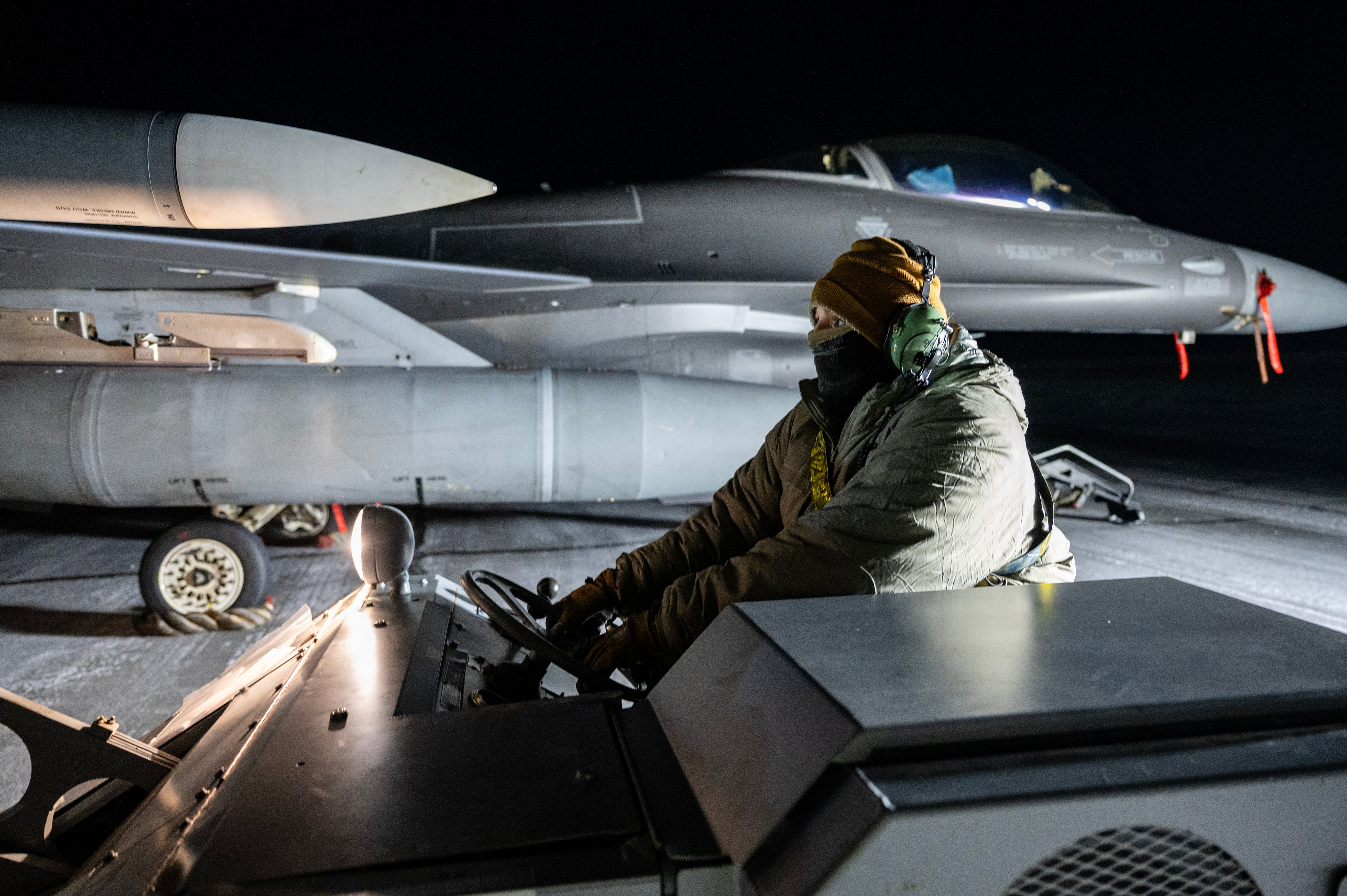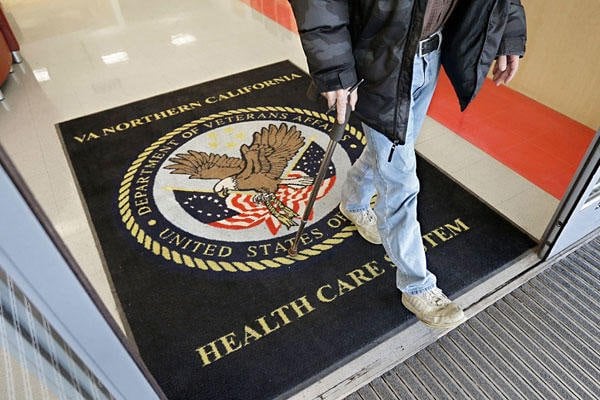In 2000, when few could have predicted America's impending wars, the Air Force surgeon general anticipated the need for a mobile hospital that could be erected at a moment's notice on battlefields anywhere in the world.
The result of now-retired Lt. Gen. Paul Kendall Carlton Jr.'s foresight was the expeditionary medical support systems — EMEDS for short — which for more than a dozen years have served injured service members downrange and victims of natural disasters at home and abroad.
Now, EMEDS is being used in the fight against the largest outbreak of the Ebola virus in history.
On Sept. 26, 34 airmen from Joint Base Langley-Eustis, Virginia, headed to West Africa, where the disease has killed more than 3,300.
The team of trained EMEDS builders and medical personnel were tasked with standing up the modular hospital and training U.S. Public Health Service members in using its unique equipment, said Col. Wayne Pritt, commander of the 633rd Medical Group at Langley.
The airmen will not be involved in the treatment of patients exposed to the virus but will turn over the EMEDS to the Liberian government to aid health workers on the frontlines.
The mission is as unique as EMEDS themselves, said Brig. Gen. Sean Murphy, command surgeon of Air Combat Command.
Other services have mobile medical units, but they are "nowhere near as lean and rapidly deployable as the Air Force. They needed to get in there quickly, and it needed to be set up quickly," Pritt said.
And while the Air Force's portable hospitals have been traditionally used for trauma care in war zones and areas wrought by earthquakes, fires and floods, the EMEDS in Liberia will treat public health workers who fall ill, including those stricken by the deadly virus, Murphy said.
The facilities are located at multiple locations around the world at any given time but are designed, modernized and managed by ACC and the 633rd Medical Group. Some have 10- and 25-bed patient wards, and all can be scaled and equipped for specific missions, Pritt said.
"It really is a mini hospital starting with the facility, communication equipment, power, electric, environmental control for heating and cooling," he said. There's an emergency room, a patient ward, a surgery suite and areas for primary care and labs.
"Think of a small community hospital, and shrink that to 25 beds," Pritt said.
The call for help in West Africa came in September, when the Defense Department approved a request from the State Department for the 25-bed facility, equipment and related experts. On Sept. 22, public health service leaders, engineers, medics and others met at Langley to discuss the needs in Liberia.
EMEDS offered what they were looking for.
Four days later, the modular hospital and the team responsible for its setup and training were aboard two Liberia-bound C-17s.
Airmen from the 633rd are among thousands of U.S. service members expected to deploy to West Africa this fall. About 1,400 soldiers are expected to arrive in Liberia this month, a Pentagon official said Sept. 30.
At least 60 airmen from the Kentucky Air National Guard headed to Senegal Friday to create a cargo-processing hub in support of Operation United Assistance, the international effort targeting Ebola, according to a guard press release. The airmen, assigned to the 123rd Contingency Response Group, will remain in Senegal as long as it takes to establish an aerial port of debarkation at Léopold Sédar Senghor International Airport there.
Members of the 633rd will also remain in Liberia until the modular hospital is set up and the medical personnel are trained, which should take no longer than 30 days, Pritt said.
Once complete, the facility can treat a population at risk of up to 6,500, according to the Air Force.





